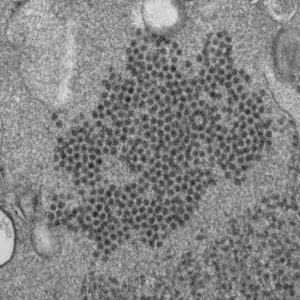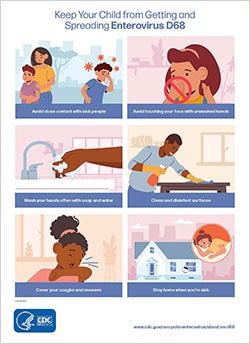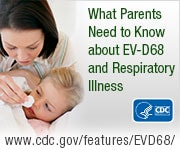Enterovirus D68
You can get exposed to the virus by—
- having close contact, such as touching or shaking hands, with an infected person,
- touching objects or surfaces that have the virus on them, then touching your eyes, nose, or mouth before washing your hands,
- changing diapers of an infected person, then touching your eyes, nose, or mouth before washing your hands, or
- drinking water that has the virus in it.
CONTRACT CLEANERS SUPPLY: HOW WE CAN HELP FIGHT IT

What is enterovirus D68?
Enterovirus 68 (EV68, EV-D68, HEV68) is a member of the Picornaviridae family, an enterovirus. EV68 is one of the more than hundred types of enteroviruses, a group of ssRNA viruses containing the polioviruses, calicivirus, and echoviruses. It is unenveloped. Unlike all other enteroviruses, EV68 displays acid lability and a lower optimum growth temperature, both characteristic features of the human rhinoviruses. This virus was first identified in California in 1962, but it has not been commonly reported in the United States.
How does the virus spread?
Since EV-D68 causes respiratory illness, the virus can be found in an infected person’s respiratory secretions, such as saliva, nasal mucus, or sputum. EV-D68 likely spreads from person to person when an infected person coughs, sneezes, or touches contaminated surfaces.
Products Recommended:
| FRESH BREEZE TB: Best RTU for disinfection of high-touch surfaces; effective against Rhinovirus, Rotavirus, Norovirus and Calicivirus. Flyer |
|
| SPECTRUM HBV: Effective against norovirus, calicivirus, adenovirus, rotavirus and Picornaviruses. Flyer |
|
| HI-CON SERIES: Effective against picornaviruses Flyer |
|
| ONE STEP: Effective against Rotavirus and Reovirus. Flyer |
|
| FRESH BREEZE/A2Z: Effective against Rotavirus. Flyer |








